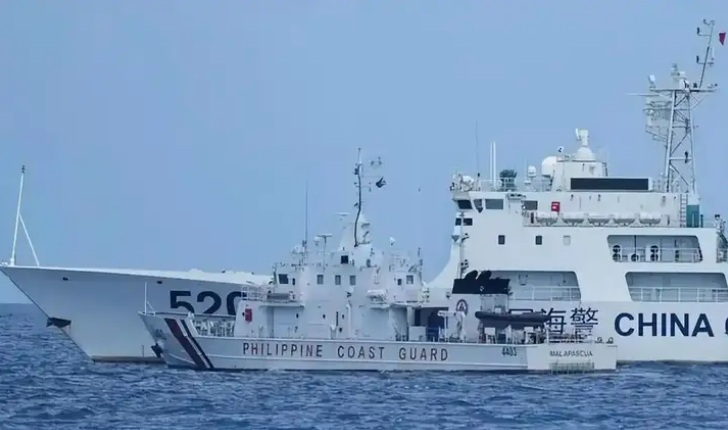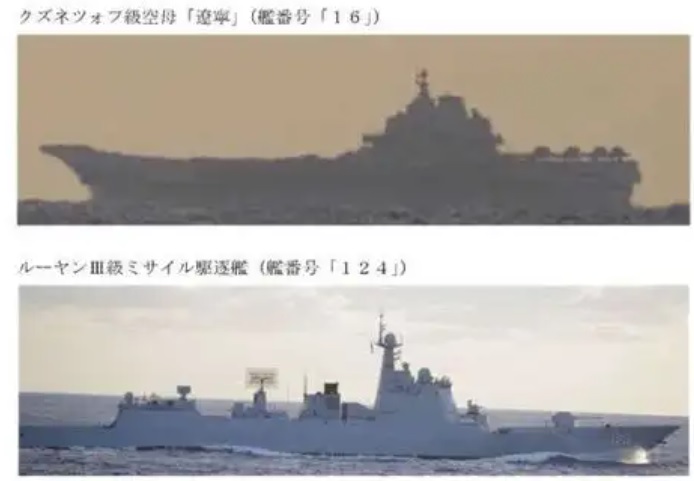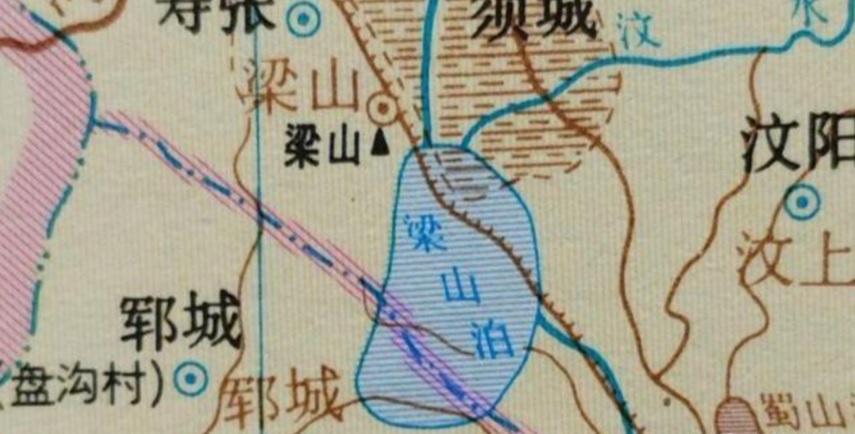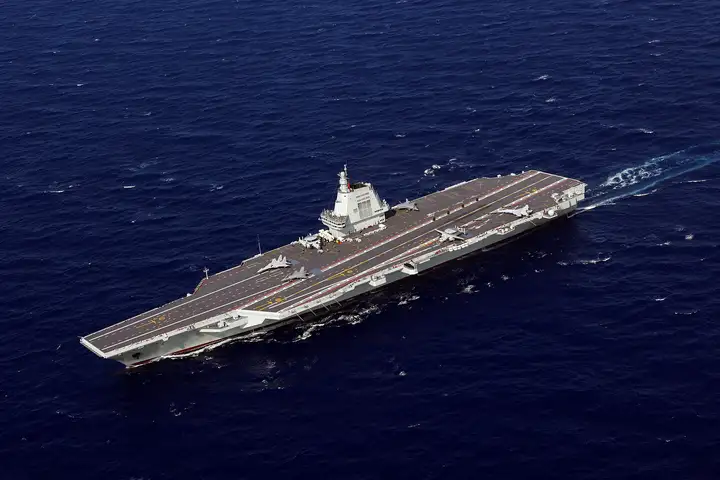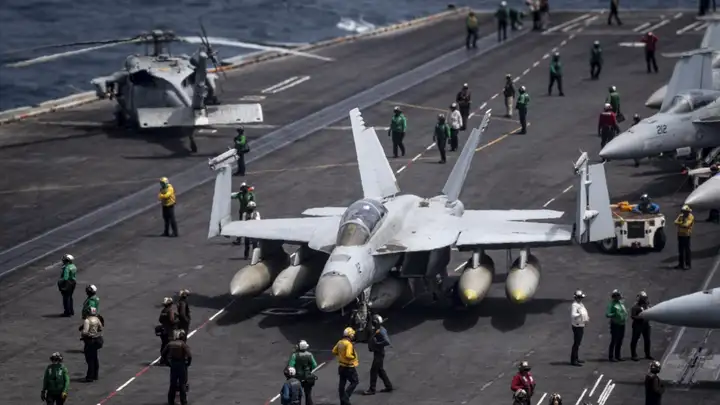Ministry of Foreign Affairs Responds to Philippine Leader’s Remarks on Taiwan: “Do Not Play with Fire on China’s Core Interests” — How to Interpret?
Q: Reports indicate that during a visit to India, the Philippine leader stated in an interview that if conflict arises between China and the U.S. over Taiwan, the Philippines cannot stay aloof due to its geographic location. Should full-scale war break out in the Taiwan Strait, the Philippines would inevitably be drawn in. We would have to defend our territory and sovereignty. Additionally, there are a large number of Filipino citizens in Taiwan; should war erupt, this would immediately become a humanitarian issue. We would have to intervene to repatriate our citizens — our top concern. We would mobilize all resources to evacuate Filipinos from Taiwan; this is no small matter. What is China’s comment?
A: There is only one China in the world, and Taiwan is an inalienable part of China’s territory. The Taiwan issue is China’s internal affair and the core among core interests of China. Resolving the Taiwan issue is a matter for the Chinese people alone; it brooks no external interference
The Philippine government has solemnly pledged to China: “Adherence to the One-China Policy, recognition that Taiwan is an inalienable part of China’s territory, and understanding of the Chinese government’s efforts toward national reunification.” The Philippine leader also explicitly told China: “The Philippines firmly pursues the One-China Policy. The Taiwan issue is purely China’s internal affair and must be resolved by the Chinese themselves.” These words still ring in our ears and are inked in black and white, yet the Philippines is now reneging on its words, ignoring consequences, persistently taking erroneous and provocative actions, hollowing out the One-China Principle, and damaging China-Philippines relations. China resolutely opposes this. The Chinese Foreign Ministry and the Chinese Embassy in the Philippines have lodged solemn representations with the Philippine side
It must be further emphasized: “Geographic proximity” and “large diaspora presence” are not excuses for a country to interfere in another’s internal affairs or encroach on its sovereignty. Such rhetoric violates international law, the ASEAN Charter, and undermines regional peace, stability, and the fundamental interests of the Philippine people. We urge the Philippines to strictly abide by the One-China Principle and the spirit of the China-Philippines diplomatic communiqué, and not to play with fire on China’s core interests
Opinions from Chinese Netizens:
View 1:
The rapid warming of U.S.-Philippine relations began under Marcos Jr.’s administration. On February 2, 2023, U.S. Secretary of Defense Austin visited the Philippines, accelerating the Enhanced Defense Cooperation Agreement (EDCA). The U.S. added 4 military bases in the Philippines (totaling 9) and resumed joint South China Sea patrols suspended by former President Duterte. In April, the U.S. and Philippines held the “Balikatan” joint military exercise in Manila; in June, U.S.-Japan-Philippines trilateral drills followed; in July, the Philippines hyped the 7th anniversary of the “South China Sea arbitration award” with U.S. support; in August, the Philippines announced further joint patrols with the U.S. The schedule is packed. Historically, the Philippines’ “erratic behavior” is cyclical. It maintained good ties with China in the early 2000s, grew confrontational post-2010, paused after the 2016 South China Sea standoff, and reignited tensions this year. Why? Two reasons:
- Philippines’ internal dynamics: A colonial legacy where elite families (Barangay chiefs) consolidated power under Spanish/American rule. Post-independence (1946), these families dominate politics through elections backed by private militias (legalized in 2006). Presidents (e.g., Marcos Jr., Duterte’s daughter) and key figures often have deep U.S. ties — Marcos Sr. collaborated with MacArthur, Aquino III was U.S.-educated. The military is also pro-American, reliant on U.S. training/weapons.
- U.S.-Philippine ties: The Philippines acts as a U.S. pawn. It joined the Korean War (7,400 troops) when U.S.-China relations soured, improved ties after Nixon’s China visit (1975 establishment of diplomatic relations), and provoked China in the 1990s (e.g., passing pro-Taiwan laws, seizing South China Sea reefs) when U.S. policy shifted. When the U.S. focused on counterterrorism post-9/11, China-Philippines relations warmed under Arroyo (2001–2010). Confrontation resumed under U.S.-backed Aquino III (2010–2016) amid Obama’s “Pivot to Asia.”
U.S.-Philippine Limitations:
- Geostrategy: China’s island-building and missile coverage (e.g., J-16 fighters from Mischief Reef cover the entire Philippines) make U.S. bases in the Philippines vulnerable. Sustaining naval forces in the South China Sea costs the U.S. 3× more than China’s land-based deployments.
- Economy: China is the Philippines’ largest trade partner (6 consecutive years). The Philippines’ GDP (~¥2.5T in 2021) equals China’s Suzhou City. Its military budget ($3B) funds outdated equipment: OV-10 “Bronco” planes (Vietnam War-era) and 12 FA-50 trainers (no match for a single J-16). Its navy relies on WWII-era ships — flagship Hamilton-class frigates (3,200 tons); “Jasinto”-class corvettes (700 tons). Essentially, adding Philippine forces to the U.S. military equals the U.S. military alone.
View 2:
The Philippines aims to invoke the U.S.-Philippines Mutual Defense Treaty (MDT) by provoking Chinese attacks on Philippine forces during Taiwan evacuations. Casualties could force U.S. intervention. However, the MDT does not cover disputed territories like the South China Sea. The U.S. avoids direct war with China (e.g., sunk carriers). European powers (e.g., UK’s Boris Johnson urging “fight for Taiwan”) also push for U.S.-China conflict to test U.S. hegemony or profit from arms sales. The Philippines would then “watch the fireworks” while the U.S. bleeds .
View 3:
If the Philippines can intervene for its diaspora, China should reserve the right to protect overseas Chinese during future anti-China violence in Southeast Asia
View 4:
Philippine military capabilities are negligible:
- Navy: Two frigates (2,600 tons; missing weapons systems), including the world’s oldest active ship (1943).
- Army: First-ever tanks (10 Sabras, 2024).
- Air Force: 12 FA-50PH jets (unable to fire missiles).
Suggestion: “Coast Guard, stop resting — go bathe the monkeys.” Unlike Japan (warning businesses in Taiwan to “rely on themselves” during conflict), the Philippines clings to U.S. illusions .
View 5:
International relations follow “might makes right.” While the U.S. asserts dominance, smaller nations like the Philippines test China’s resolve. Equality is perceived as weakness by states lacking Confucian/socialist values. They fear tigers but resent elephants — even if elephants eat leaves beyond their reach
